With Beautiful China ...
[640],shadow=true,start=,stop=WangXian Valley visitor guide
Overview
WangXian Valley, located in GuiZhou province, is a breathtaking natural landscape known for its dramatic cliffs, lush greenery, and serene waters. The valley offers a tranquil retreat from the hustle and bustle of city life and is a perfect destination for nature lovers and adventure seekers.
History
WangXian Valley has a rich history and is steeped in local legends and folklore. The name "WangXian" translates to "Watching the Immortals," a reference to the mythical tales of immortals residing in the valley. The area has long been revered for its natural beauty and spiritual significance.
Main Attractions
Immortal Watching Rock
Immortal Watching Rock is one of the most iconic features of WangXian Valley. This massive rock formation offers panoramic views of the valley and is a popular spot for photography. The rock is also associated with local legends of immortals who were said to have meditated here.
WangXian Waterfall
WangXian Waterfall is a stunning cascade that plunges into a crystal-clear pool below. The waterfall is surrounded by lush vegetation and offers a serene and picturesque setting. Visitors can enjoy the soothing sound of the water and the refreshing mist in the air.
Scenic Hiking Trails
The valley features several scenic hiking trails that wind through dense forests, along rocky cliffs, and past tranquil streams. These trails vary in difficulty and offer something for hikers of all levels. Along the way, hikers can encounter diverse flora and fauna and enjoy breathtaking views of the valley.
Local Villages
WangXian Valley is home to several traditional villages where visitors can experience the local culture and hospitality. These villages offer a glimpse into the traditional lifestyle of the local ethnic communities, with their unique architecture, customs, and festivals.
Culture and Traditions
WangXian Valley is rich in cultural heritage and is inhabited by various ethnic groups, each with its own traditions and customs. Visitors can witness traditional dances, music, and crafts that reflect the cultural diversity of the region. The valley also hosts several festivals throughout the year that celebrate local traditions and beliefs.
Activities and Experiences
Hiking and Nature Walks
Explore the natural beauty of WangXian Valley by embarking on one of the many hiking and nature trails. These trails offer a chance to connect with nature, enjoy panoramic views, and discover hidden gems along the way.
Photography
The valley is a paradise for photographers, with its stunning landscapes, vibrant flora, and serene waters. Whether you're a professional photographer or an amateur enthusiast, you'll find plenty of opportunities to capture the natural beauty of WangXian Valley.
Cultural Tours
Join a guided cultural tour to learn more about the local traditions, history, and lifestyle of the ethnic communities in the area. These tours provide valuable insights and a deeper understanding of the cultural heritage of WangXian Valley.
Camping
For those who love the outdoors, camping in WangXian Valley is an unforgettable experience. There are several designated camping areas where visitors can set up tents and enjoy the tranquility of nature under the starry sky.
Accommodation
WangXian Valley offers a range of accommodation options to suit different preferences and budgets. Visitors can choose from luxury resorts, cozy guesthouses, and traditional homestays. Staying in a local guesthouse or homestay provides an authentic experience and a chance to interact with the local community.
Travel Tips
- Best Time to Visit: The best time to visit WangXian Valley is during spring (March to May) and autumn (September to November) when the weather is mild and the scenery is at its most beautiful.
- Getting There: WangXian Valley is accessible by bus or car from GuiZhou's major cities. The nearest airport is GuiYang LongDongBao International Airport, which offers connections to various domestic and international destinations.
- Opening Hours: The scenic area is open daily from 8:00 AM to 5:00 PM.
- Entrance Fees: There is an entrance fee for the scenic area, with additional fees for specific attractions and activities. It is advisable to check the latest fees before planning your visit.
- Dress Comfortably: Wear comfortable clothing and sturdy walking shoes, as the terrain can be uneven and the weather can change quickly.
- Respect Local Customs: Be respectful of local customs and traditions, especially when visiting villages and cultural sites. Always ask for permission before taking photos of people.
- Stay Hydrated: Carry plenty of water, especially if you plan on hiking or spending extended periods outdoors. It's also a good idea to bring snacks or a packed lunch for longer excursions.
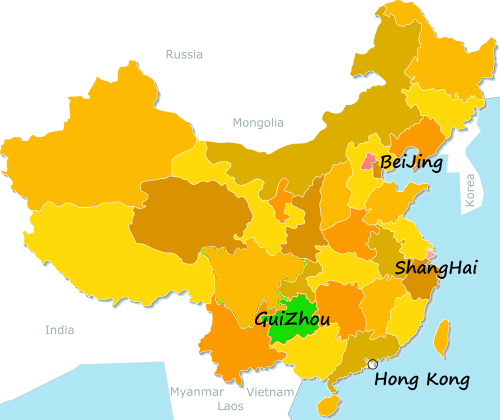
 WangXian valley, GuiZhou province
WangXian valley, GuiZhou province








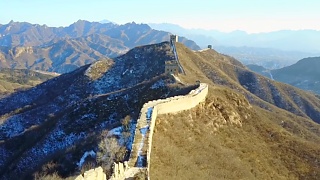
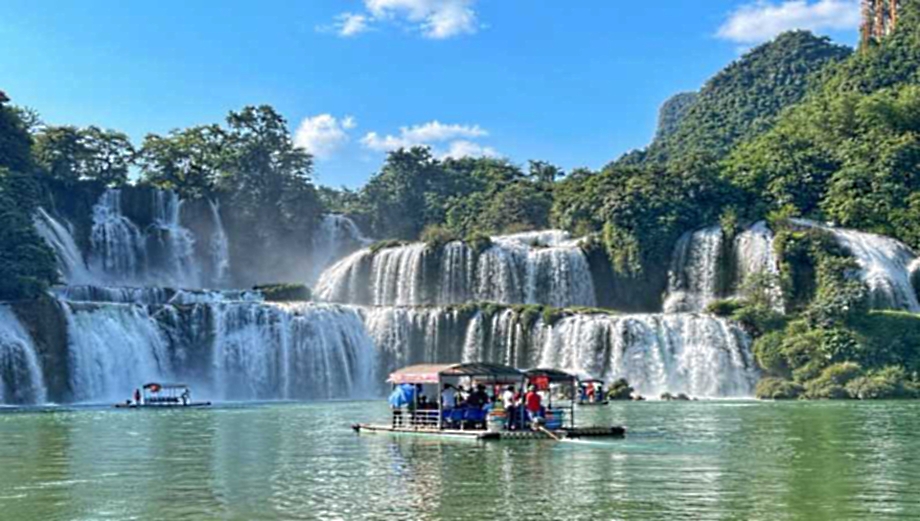






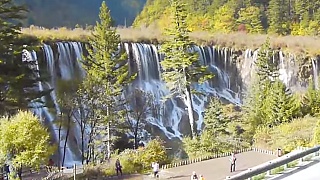



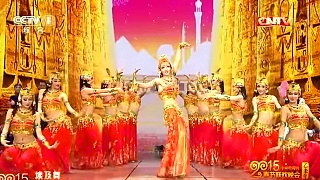


![The first film is from the CCTV Spring Festival Gala 2013, with singer Na Ying. The song : [Because of You, My Life is] A Warm Spring With Blooming Flowers. In 2015, the Spring Festival (Chinese New Year) runs from the 19th to the 25th February. The second is from China`s National Games Opening Ceremony in 2009. The song is Like A Dream. The third film features the music `Legend of Chinese Mountains` and is about the five sacred mountains of China and the Chinese love of nature and balance with nature. Fourth is `Your Collar`, a romantic song from the imperial music of the Han Dynasty. Fifth song is `A Nation of Greatness and Courtesy` and is about the Chinese character of virtue and friendship. Greatness in Chinese thinking is virtue; all three core Chinese philosophies - Taoism, Buddhism and Confucianism - stress that strength and happiness (well-being) lies in balance, not power (dominance). The last film features music from a documentary about the DaMing Palace (DaMing Gong) of the Tang Dynasty, at the heart of the dynasty`s capital Chang`An (which means `eternal peace`). The palace area is a little north east of the city of Xi`An in ShaanXi province. A selection of traditional Chinese music and song …](https://img.youtube.com/vi/UP5CvZlNOKI/mqdefault.jpg)

